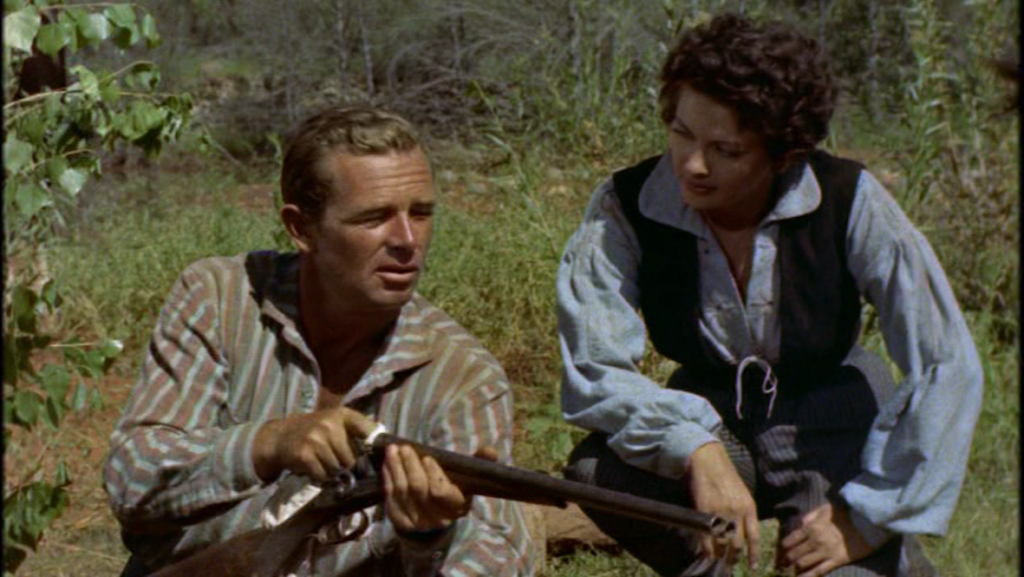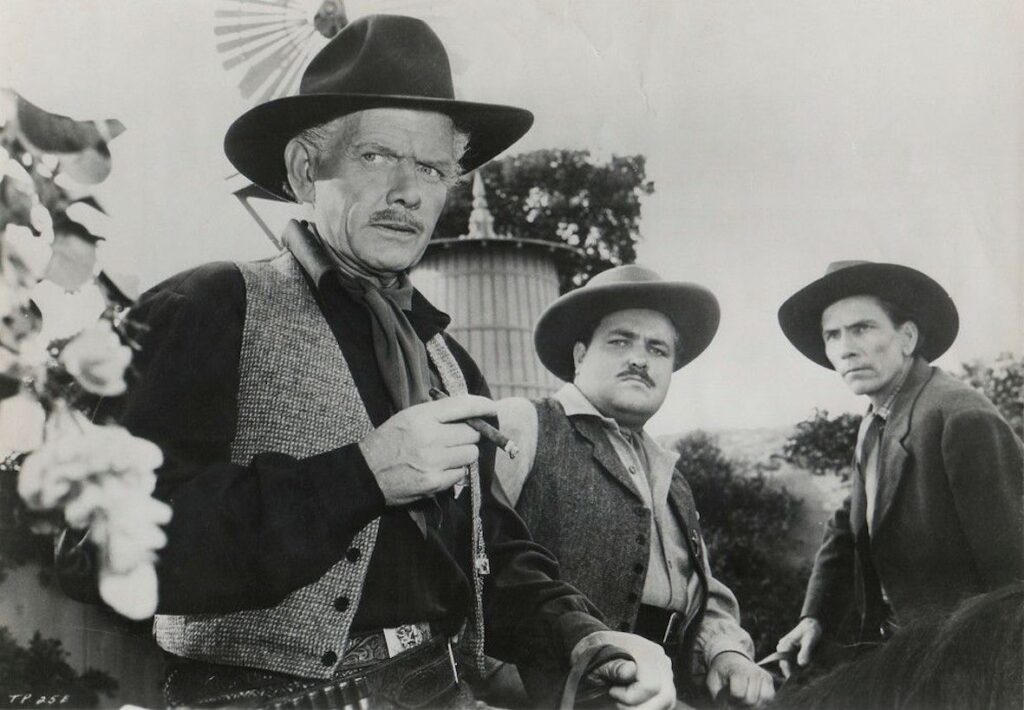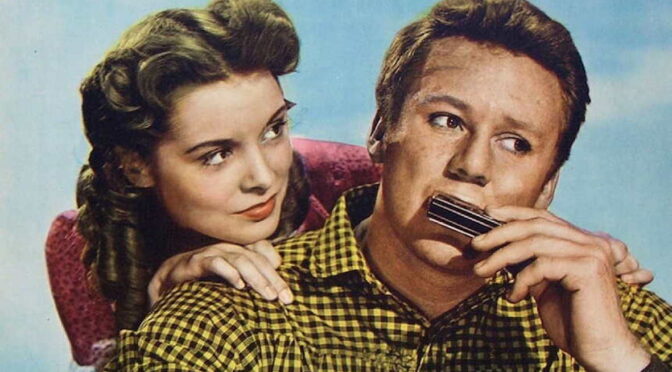Article by: Luca Giardino
Translated by: Benedetta Francesca De Rossi
The 40th edition of the TFF is covered in stars and stripes in the new retrospective on western cinema: the festival’s director – Steve Della Casa is a great fan of the genre – could only pay homage to some films of this fundamental strand in American production from 1938 to 1960.
Leggi tutto: “HIGH NOON: RETROSPECTIVE ON B-WESTERNS”The films in question, however, have nothing to do with the great auteurs of the Hollywood western, in this case replaced by skilled tradesmen such as Joseph H. Lewis and Alfred “Al” Green, cornerstones of the industry and prolific creators of b-movies. Thematically too, there was a desire to find a common thread linking the various titles in the section: extravagance and uniqueness are the two terms that guided a careful selection of the most unknown and forgotten films of American cinema par excellence.

But what is western cinema without its heroes? Sometimes ‘knights without blemish and without fear’, other times men torn apart by a dark past. In High Noon, the heroes are nothing more than anomalous characters at the mercy of the narrative, which transports them – willingly or unwillingly – to new and painful frontiers: this is the case of Henry Carson (Van Johnson) in R. Rowland’s rural The Romance of Rosy Ridge (1947) where we are presented not with a restless cowboy, but with a romantic and mysterious vagabond who settles in the house of Southerner Gill MacBean (Thomas Mitchell), the father-master of the beautiful Lissy (Janet Leigh).
The same could be said for Four Faces West (1948) directed by Al Green where we find Joel McCrea as Ross McEwan, a bandit with a heart of gold on the run from the infamous – but more harmless than his classic portrayal – sheriff Pat Garrett. Not a single shot is fired throughout the film: this is unnecessary, since our outlaw is actually a good and generous man who gives the money he stole to his financially struggling father and helps a needy Mexican family afflicted with diphtheria.

The absence of duels in Green’s film is compensated for by J. H. Lewis’ Terror in a Texas Town (1958), in which guns are loaded and fired, but when firearms are not enough, harpoons and forges worthy of a Melville novel appear in the anomalous final confrontation between the one-armed gunman Johnny Crale (Nedrick Young) and the vengeful George Hansen (Sterling Hayden).
The section dedicated to B-westerns reserved some curious rediscoveries and courageous revivals such as S. Newfield’s The Terror of Tiny Town (1938), a musical played entirely by dwarf actors, but also more sober films in Technicolor such as R. Enright’s Coroner Creek (1948) and L. Selander’s Shotgun (1955). In short, High Noon took spectators on an atypical journey through the festival trails, offering genre lovers unmissable appointments with the theatre and the most unusual stories of the American frontier.

